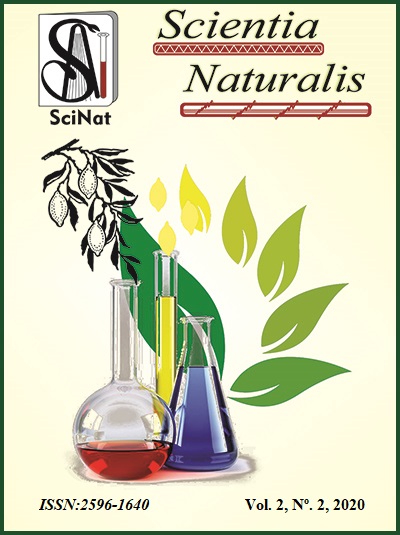Lettuce cultivation using alternative substrates
Abstract
Lettuce is the main leafy vegetable crop grown in Brazil, as it has good productivity per area, as well as being an option for small producers with reduced spaces and arable areas, because it is a short cycle crop. In the production of seedlings it is fundamental that the medium provides nutrients for the production of strong and resistant seedlings. For this, unusable organic waste can be an alternative for this purpose, since they have characteristics that can be exploited. The objective of this study was to evaluate the lettuce growth with the use of alternative substrates from organic residues produced in the Amazon region. The evaluated characteristics were: height, root masses and area, neck diameter, number of leaves, leaf dry mass, root dry mass and development quality index in the different substrates. The test was carried out in the experimental area of the Federal University of Acre - UFAC, Rio Branco Campus. The test was developed in the period from April to July of 2018, under greenhouse conditions. The variety used was Elba (Topseed®). The experimental design was completely randomized with 4 treatments and 10 replicates. The treatments were constituted by the different substrates: ground Brazil nut shell, tanned bovine manure, sugarcane bagasse substrate and commercial substrate. Among the alternative substrates the commercial substrate and the Brazil nut shell substrate are the most suitable for lettuce production, since they were the ones that obtained better results and with good commercial quality.




